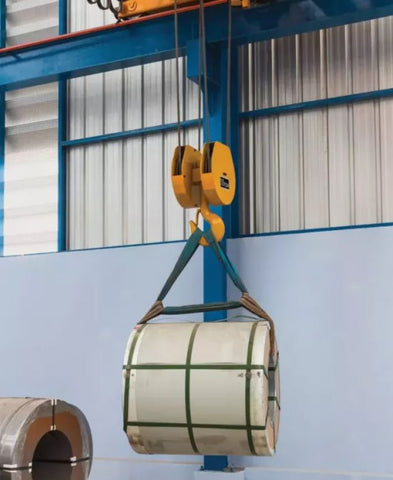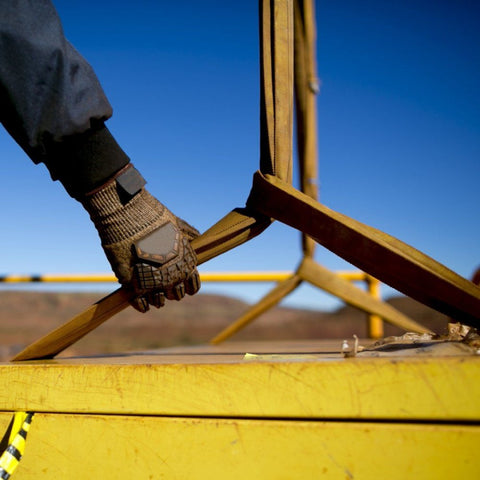Introduction
In industries where lifting operations are commonplace, ensuring the safety of personnel and equipment is paramount. Web slings are indispensable tools for safely lifting heavy loads, but without proper knowledge and training, they can pose serious risks. In this blog post, we'll explore the legal requirement for providing web sling safety awareness training and highlight a comprehensive course available at Lifting365 designed to equip employers and employees with the necessary skills and knowledge to handle web slings safely.
Introducing the Web Sling Safety Awareness Course
Lifting365 offers a comprehensive Web Sling Safety Awareness Course designed to educate participants on the safe and proper use of web slings and round slings in lifting operations. Here's what the course covers:
Key Responsibilities of Employers under the Health and Safety Act
Employers have a legal obligation to provide a safe working environment for their employees. Module 1 of the Web Sling Safety Awareness Course covers the key responsibilities of employers under the Health and Safety Act, including providing appropriate training, ensuring equipment is properly maintained, and implementing safety protocols to mitigate risks.

Legal Requirements for Web Slings
Understanding the legal requirements surrounding the use of web slings is essential for compliance with safety regulations. Module 3 provides an overview of the legal requirements for web slings, including standards and regulations governing their design, inspection, and usage. This module emphasizes the importance of adhering to legal requirements to ensure workplace safety and regulatory compliance.
Different Types of Web Slings
There are various types of web slings available, each suited to different lifting applications. Module 5 examines the different types of web slings, their characteristics, and the best practices for selecting the appropriate sling for specific lifting tasks. Proper selection of web slings is crucial for ensuring safe lifting operations and preventing accidents.
Inspection of Web Slings
Proper inspection of web slings is essential for identifying potential hazards and ensuring safe operation. Module 7 covers the inspection procedures for web slings, including pre-use inspections, periodic inspections, and criteria for determining sling retirement. This module emphasizes the importance of regular inspections to maintain the integrity and safety of web slings.

Maintenance of Web Slings
Regular maintenance is essential for prolonging the lifespan of web slings and ensuring their continued reliability. Module 11 covers maintenance procedures for web slings, including cleaning, lubrication, and inspection of hardware components. By following proper maintenance procedures, employers can ensure the safe and efficient operation of web slings in lifting operations.
Storage of Web Slings
Proper storage of web slings is crucial for preventing damage and preserving their integrity. Module 12 provides guidance on the correct storage practices for web slings, including considerations for environmental conditions and storage racks. This module emphasizes the importance of proper storage to prevent accidents and extend the lifespan of web slings.

Conclusion
Providing web sling safety awareness training is not only a legal requirement but also essential for maintaining a safe and productive workplace environment. With Lifting365's Web Sling Safety Awareness Course, employers and employees can gain the knowledge and skills needed to handle web slings safely and confidently. By prioritizing safety and compliance, businesses can minimize the risk of accidents, protect personnel and equipment, and enhance overall operational efficiency. Sign up for the course today to ensure compliance with legal requirements and promote a culture of safety in your workplace.


